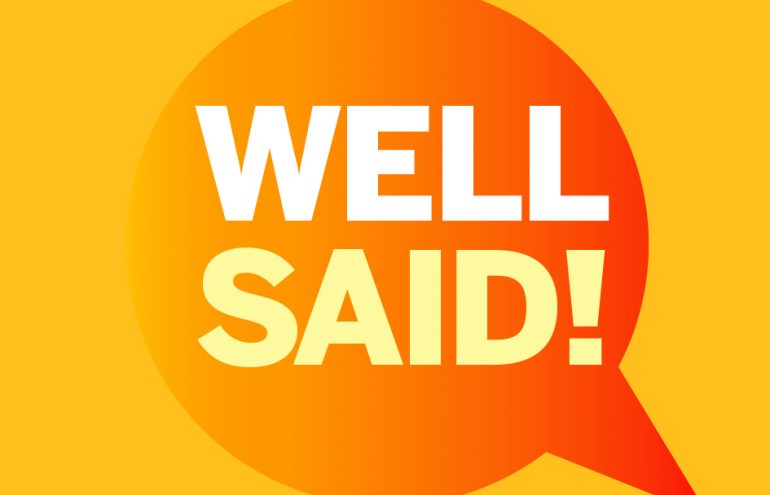Much has been written about clients’ reactions to escalating legal costs, but what are the implications of a client challenging individual billing entries? It may not be about billing at all, but about how well your operating style aligns with your client’s.
Here are a few common billing challenges to set the stage. Your client reacts strongly to:
- The three hours an associate billed for research
- Charges for conferences between partners
- Hours for iterative editing and redrafting
- Charges for calls initiated by the client to check on progress or status
After fending off the client’s ire and reducing the bill, what does your conversation with your partners sound like?
Do you conclude that “clients just don’t understand [fill in the blank]”?
Do you blame tough economic times causing clients to scrutinize line items as never before?
These conclusions may contain some truth, but before shrugging and chalking it up to the caprice of the law practice gods, consider that these issues may be symptoms of dissatisfaction unrelated to the bill itself. Your bill may merely be a handy target for their accumulated irritation, caused by a gap between how you do things and your client’s preferred (or required) operating style.
Do You Fit With This Client?
In short, could it be that with the way you operate now, you don’t fit with this client?
In my experience, few lawyers make conscious decisions about how they operate their practice. Most unthinkingly continue the methods they learned from mentors years earlier. However, “years earlier” was a very different era.
The Great Recession, also usefully described as the Great Reset for the legal profession, established a bright line between the pre-2008 seller’s market and the current (and permanent) buyer’s market. Most behaviors, methods and business practices that succeeded in the former can’t succeed now. They’re actually counterproductive. Today we are working in completely different business conditions — and they require different, perhaps completely different, operating styles. What those should be will vary with each client, maybe even each matter type.
What Can You Do? The Obvious
This is basic expectations management. Take time at the beginning of the engagement to discuss known categories of dissatisfaction, then reach agreement on how you’re going to operate cooperatively. The simplest way to begin, and to establish a durable framework, is to ask the client to respond to a set of polar values:
“Everyone has a preferred communication style. For example, some clients want to be alerted about every activity in real time, copied on every email and so on — almost as if they’re sitting beside me at my desk. At the other end of the spectrum, I’ve had those who, having put the matter in my lap, prefer to move on to the other things on their plate, wishing to be alerted only when there are significant changes or developments. On a 1 to 10 scale, where the former is a 1 and the latter a 10, where would you place yourself?”
You intentionally use two extreme outliers to establish the framework. It’s unlikely that anyone will choose either. Instead, they’ll choose a value somewhere in between, which reveals their philosophy. That’s useful, but you need more concrete indicators:
“What objective indicators would tell you that I was communicating at level 7, as you prefer?”
Don’t abandon this inquiry until you can visualize this client’s objective success criteria for this matter. Go through this rigor for all of the client’s categories for satisfaction or disatisfaction. After the first one, the client will recognize the usefulness of the exercise, so each succeeding category will be easier and faster to reconcile. When you’re done, don’t forget to ask the client if there are others that you didn’t think of.
Here’s another easy way to begin the framework discussion:
“You’re king for a day. What are three things that too many law firms do that you’d outlaw permanently?”
Follow that with:
“What are three things that too few law firms do that you’d mandate for all?”
You can see the same symmetry here. You’re establishing two extreme positions, which reveal what the client cares most about. If you honor those, you’ll be OK.
If you don’t establish an evaluation framework, there will still be one. You just won’t know what it is. That’s unnecessarily risky for you, and frustrating for the client, who will default to something more like Justice Potter’s famous threshold test for obscenity: “I’ll know it when I see it.” By the time that happens, it’s too late. The client’s opinion of your performance will have been shaped in her subconscious, and it’s very difficult for you to change it.
One final note. Make sure that your discussion includes billing practices. Sometimes, it really is a billing problem and not a symptom of something else.
Illustration ©iStockPhoto.com
Subscribe to Attorney at Work
Get really good ideas every day: Subscribe to the Daily Dispatch and Weekly Wrap (it’s free). Follow us on Twitter @attnyatwork.






















